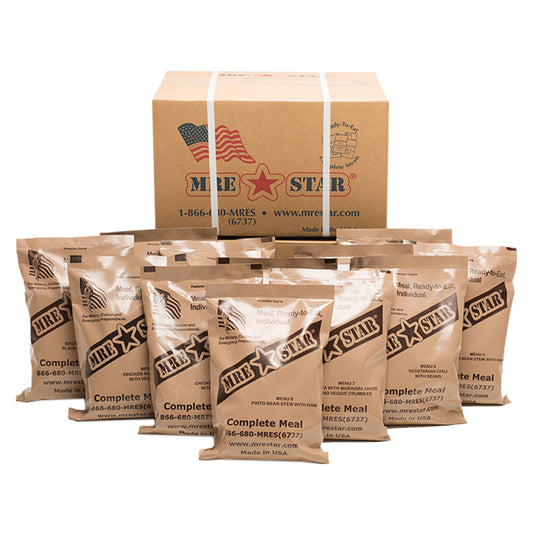Chemically Treating Water for Drinking
How to Safely Treat Contaminated Water: Essential Methods and Tips
Drinking untreated water from sources like streams, lakes, rivers, or ponds is never safe. Such water may be contaminated with biological or chemical pollutants, including bacteria and parasites (e.g., Giardia), which can cause diseases such as dysentery, cholera, typhoid, and hepatitis. It's crucial to treat any questionable water sources before consumption. Here’s how to treat contaminated water effectively:
1. Chlorinating Water with Bleach

Chlorinating water with bleach is a common and effective method. Add 1/8 teaspoon (8 drops) of liquid household chlorine bleach (5-6% sodium hypochlorite) per gallon (4 liters) of water. Use only plain household bleach without thickeners, scents, or additives.
2. Using Iodine

Iodine is more effective than chlorine at eliminating Giardia, but it’s less convenient to carry and not suitable for everyone. Store iodine in a dark place and consult a doctor if you have allergies to iodine, thyroid problems, are on lithium, or are pregnant or nursing. For a 2% tincture of iodine, add 5 drops to a quart of clear water or 10 drops if the water is cloudy. Shake well and let it stand for an hour.
3. Specialty Products

There are various specialty products available for treating or preserving water, including drops, tablets, and pouches. Always follow the manufacturer's instructions for these products. Most will purify the water within 20 minutes to a few hours. Store purified water in a cool, dark place to maximize its lifespan.
Proper treatment of water is essential for preventing illness and ensuring safe consumption. For more information on water storage and treatment, visit our water storage page.











